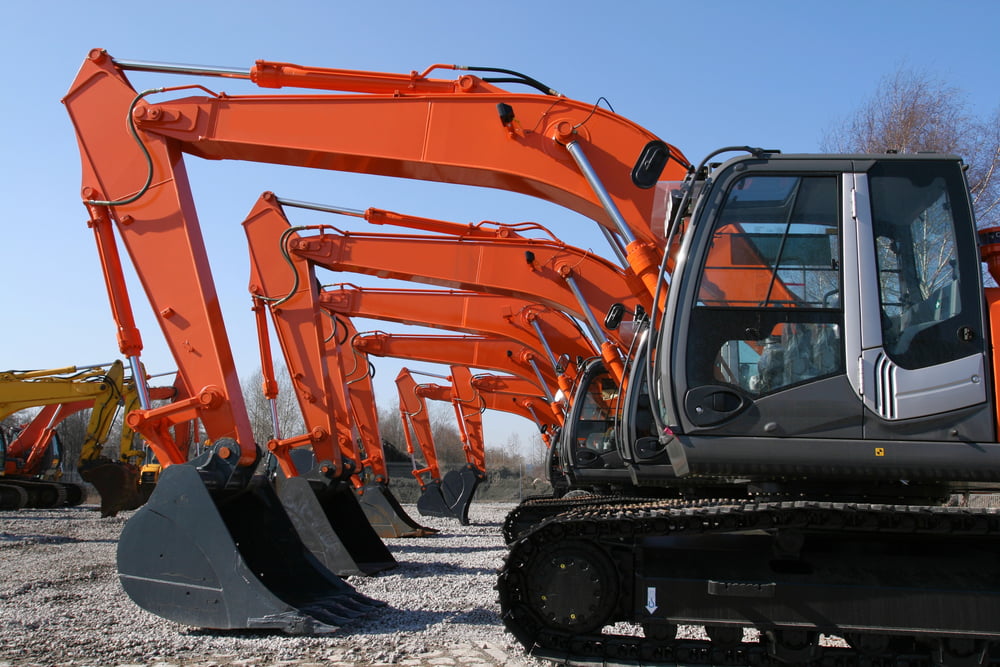The perception that telematics is complex is a common misconception that prevents many businesses from unlocking its full potential. In reality, telematics solutions for fleet automation and other applications can be seamlessly integrated into existing operations.
By investing in more than just basic tracking, businesses can improve workflows and processes. Telematics systems can deliver enhanced productivity and a more efficient, data-driven approach to managing resources and operations.
With the right telematics product, businesses can streamline their operations, reduce errors and achieve a new level of operational excellence. In this article, we explore the common misconception surrounding telematics and discover how Inauro simplifies the process.
Telematics for fleet management
Telematics solutions significantly enhance operations and productivity by automating data collection and analysis, leading to streamlined workflows and reduced errors. This automation enables real-time monitoring and management of assets, optimising resource allocation and ensuring operations run smoothly.
Inauro Co-CEO and Co-founder Craig Kesby says fleet telematics might seem complicated, but it doesn’t have to be. “The technology has been around for several decades, so the processes and how they are used have been tested and refined. There’s nothing particularly complex about telematics.”
When it comes to telematics for fleet automation and management, Craig says what makes it seem complex is when a business has to administer more than one system. “The question is, then, how do I operationalise these systems? How do I make it useful in my business so somebody gets better information to do a better job faster.”
And that’s where Inauro can help.
“We want to take that technology complexity away from the operation so that the person using it isn’t worried about the technology. They’re just getting their job done and getting better information if there’s a problem or a task that needs attention.
“We just want to show businesses there might be better ways to do things. That’s where we can help.”
Craig acknowledges that some businesses have had negative experiences implementing new systems and might be wary of telematics. “Just about every business has a story of an IT system that didn’t do what it was meant to and caused a problem. When you’re committing money and a particular tool or a piece of software doesn’t perform, it can cause you to be reluctant to adopt new tech.”
But, when telematics is used for fleet management or a range of other applications, it can be a game-changer for business.

Inauro’s solutions take the complexity out of fleet management, resulting in intelligent and quicker decision-making
Fleet telematics in action
Inauro’s solutions take the complexity out of telematics for fleet management, leading to more intelligent and quicker decision-making. Craig shares the example of an Inauro client that runs a fleet of almost 4000 trucks.
“This client has a range of systems on those trucks to monitor their movements. They have cameras that provide a view of the driver to monitor safety and driver behaviour, plus a dashcam to monitor the road ahead. The forward-facing camera is to reduce risk. So if there’s an accident, they’ve got video evidence.”
Craig says while the technology is simple, the client needed help when they approached Inauro. “On any given day, 800 of these cameras wouldn’t be working out of their fleet of 4,000. If there was an incident, they wouldn’t know if the camera was working until they retrieved the footage. So, they came to us.”
Craig explains that Inauro takes a three-step approach with new clients:
- Awareness: Gaining an understanding of what is needed or the problem that needs to be solved.
- Suggestion: Offering solutions to solve a problem or improve an operation.
- Control: Implementing a solution, such as a fleet telematics system, that can identify areas of improvement and suggest actions to take.
For the fleet management client, Inauro implemented a system that identified the problem (which cameras were offline) and suggested a solution (delivering a daily checklist to the fleet maintenance crew highlighting which cameras were offline). This gave the company back control of its dashcams.
“The whole idea for them is to obviously get more of the cameras online, which we’re doing, but then to move to a point where a truck doesn’t go out of the morning if its camera is not working.”

Improved operational efficiency, reduced errors and real-time data-driven decision-making are just some of the benefits of using telematics for fleet management
Simple solutions for your industry
Telematics systems, particularly when it comes to fleet management and automation, offer numerous benefits, including improved operational efficiency, enhanced productivity, reduced errors through automation and real-time data-driven decision-making.
Inauro takes the complexity out of telemetry to provide tangible benefits for numerous industries, including logistics, construction, equipment rental and more. Discover how Perspio™, our telematics solution, can help your business today.



